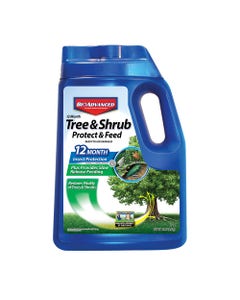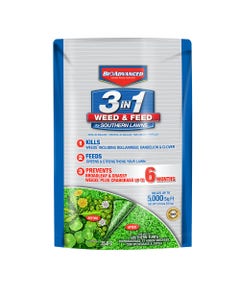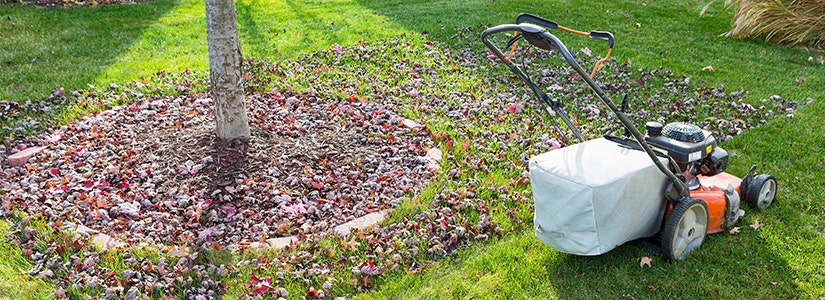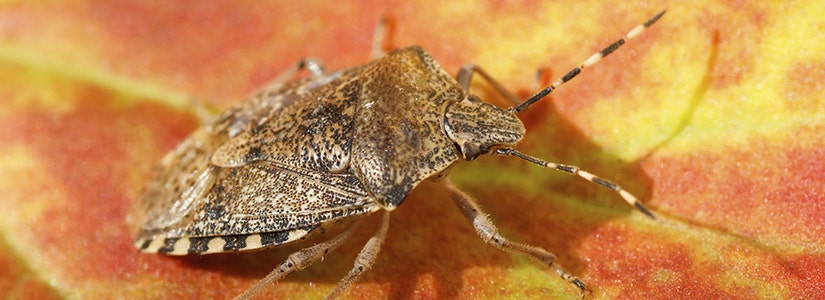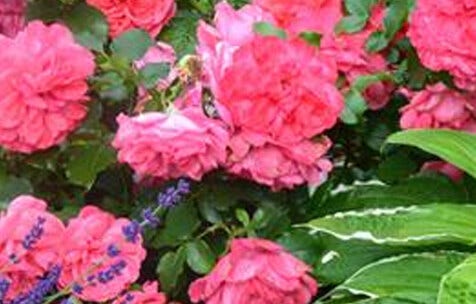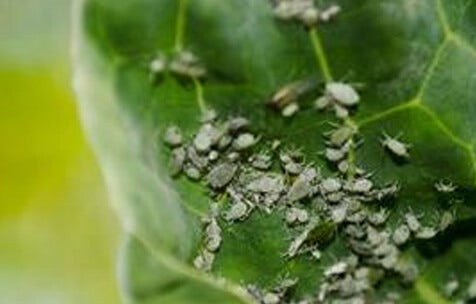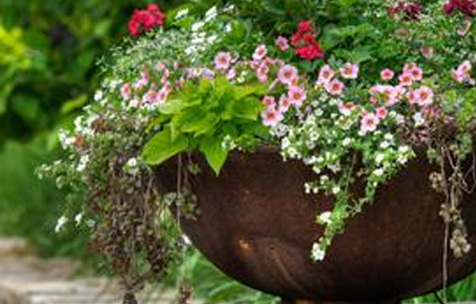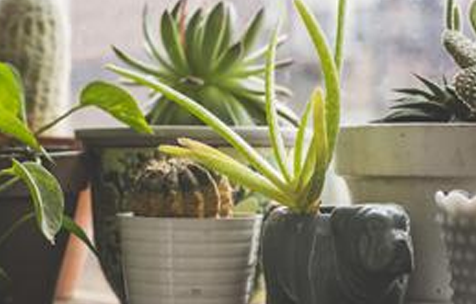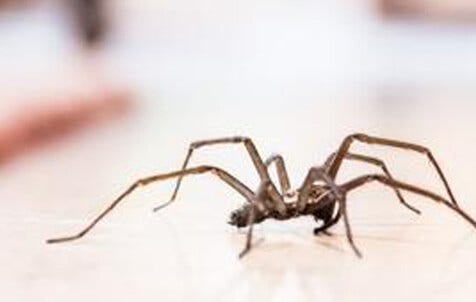

- Home
- Solution Center
- Learn
- Rose & Flower
- Checklist For Fall Garden Clean Up
Checklist For Fall Garden Clean Up
Tackle garden chores in the fall, and you'll be rewarded with a shorter to-do list in the spring. This prep work can also help eliminate garden pests and diseases, resulting in healthier plants. Use our checklist to put your fall garden to bed.
Annuals
- Pull annuals that are done for the season. Add healthy ones to the compost pile and throw out any diseased plants with your trash.
- In warm zones, fill beds and containers with annuals that thrive in cool weather. Candidates include Pansy, Viola, Stock, Snapdragon, Nemesia, and Flowering Cabbage or Kale.
Perennials
- If rain is scarce, continue to water perennials. Do this even in coldest zones as long as the ground isn't frozen. This is especially important for newly-planted perennials.
- Clip perennials that are done for the growing season. In regions where hard frost occurs, you can wait to cut until after frost. In Zone 5 and colder, prune stems to about 3 inches. This helps protect plant crowns because the stems will catch autumn leaves, which help insulate crowns through winter. Don't cut stems that will add interest to the winter garden such as Autumn Joy Sedum, Coneflower, Ornamental Grasses, Achillea and Russian Sage. Some stems also provide winter seed sources for birds.
- Remove seed heads on perennials that readily self-sow. This includes Goldenrod, Joe-Pye Weed and Fall-Flowering Clematis, as well as Butterfly Bush in warmer zones.
Trees & Shrubs
- If rain is scarce, continue to water trees and shrubs. Do this even in coldest zones as long as the ground isn't frozen. This is especially important for newly-planted trees and shrubs.
- In areas prone to ice storms, remove dead or weakened branches to limit ice damage.
- Protect young trees and trees with thin bark from sunscald.
- Wrap young tree trunks with tree guards to prevent gnawing by rabbits and voles. Use hardware cloth to create a barrier around the base of young shrubs.
- Remove mummified fruit from fruit trees. Gather any diseased fruit, twigs and leaves from beneath trees and dispose of in the trash.
- In Zones 5 and colder, protect roses by heaping 8-12 inches of loose soil or compost around the base of plants.
- Treating trees in the winter with Tree and Shrub protect and feed has two advantages. 1) allows the tree to absorb the AI and get it to the top of the tree to protect it. When insects are active in the Spring and Summer. 2) Fertilizing your trees in fall will help them build up their energy stores to carry them through winter. Tree roots never sleep you won’t see any change in the Winter but will really show through in the Spring.
Containers
- In zones with harsh winters, empty containers that aren't frost-proof and add plants and/or soil to the compost pile. To save soil for re-use, store it in trash bags, cans or plastic bins. To re-use soil in pots next spring, blend it with equal parts fresh potting mix. You can also layer it on flowerbeds or vegetable gardens and let winter freeze-thaw cycles break it down.
- Terra-cotta tip: In areas where freezing temperatures stick around and snow flies, empty terra-cotta pots and store in a frost-free area. If your area experiences freezing temperatures that don't linger, store terra-cotta pots upside down. Elevate them on pot feet to prevent the rims from freezing to surfaces.
In warmer zones, replant containers with cool-season color. Replace the top few inches of soil for best results.
Lawns
- Winter weeds can play havoc with warm and cool season turf. Cool season turfs go dormant allowing the weeds to go unchecked making well lawns look unkept and awful. Even cool season grass which grow in cool temperatures must compete with these weeds. Starting a winter weed program is easy and effective with BioAdvanced Science Based Solutions’ Season Long weed and Grass Preventer designed for both cool and warm season turf. Apply at the beginning of September to the middle of October for a weed free lawn through-out the winter and a great start to the Spring.

